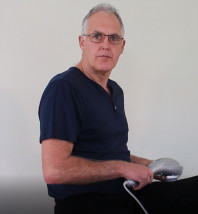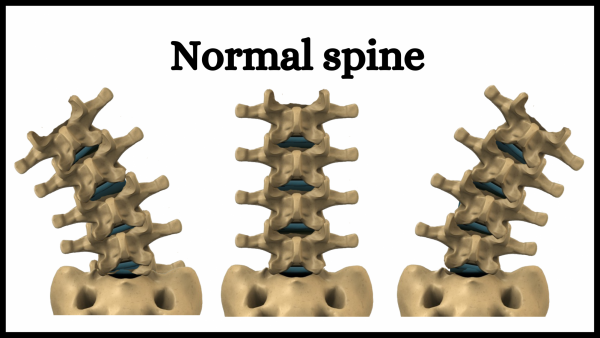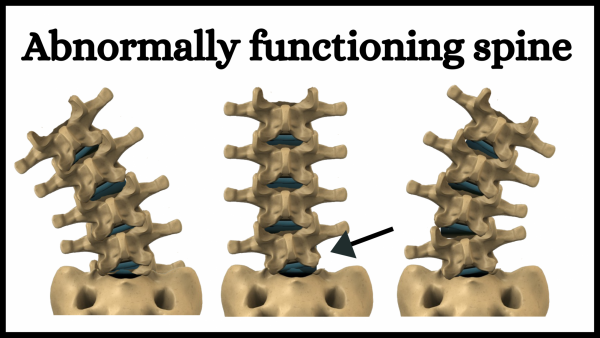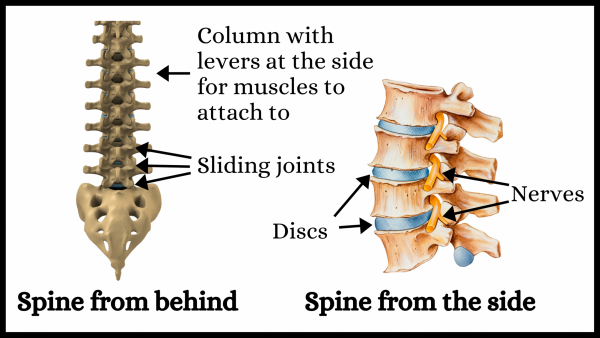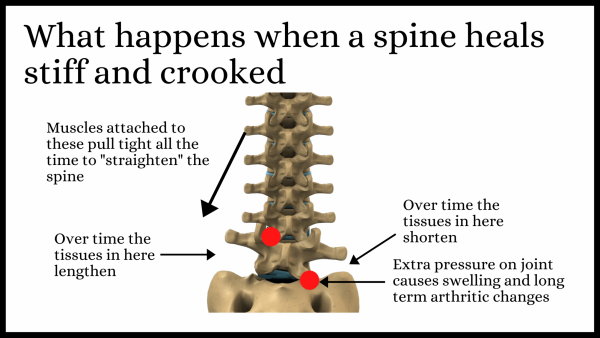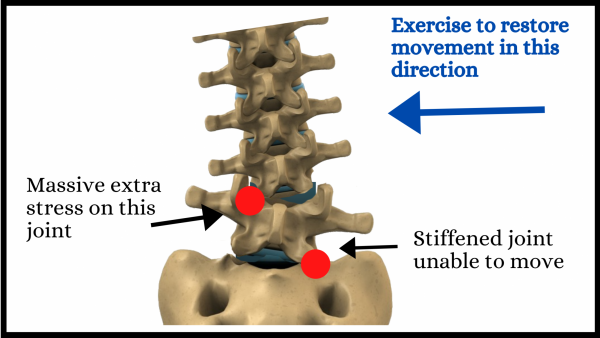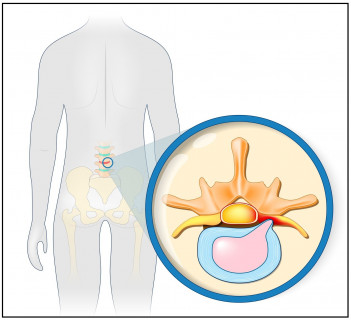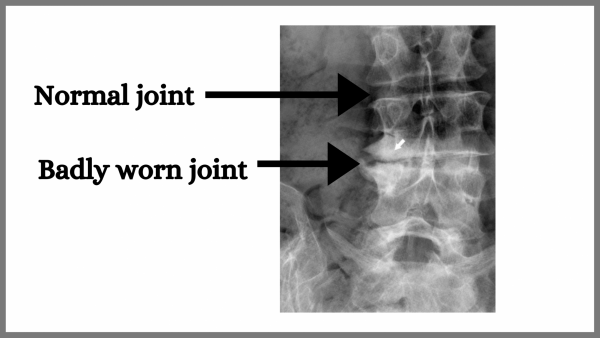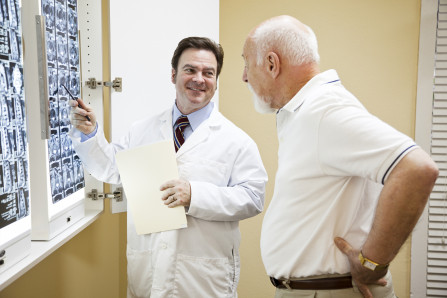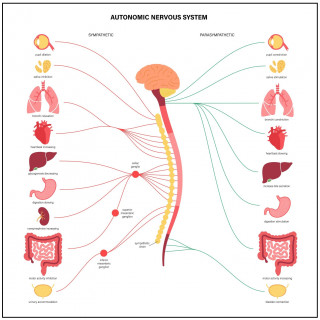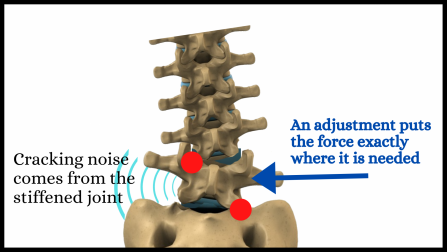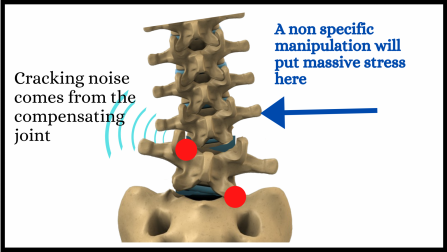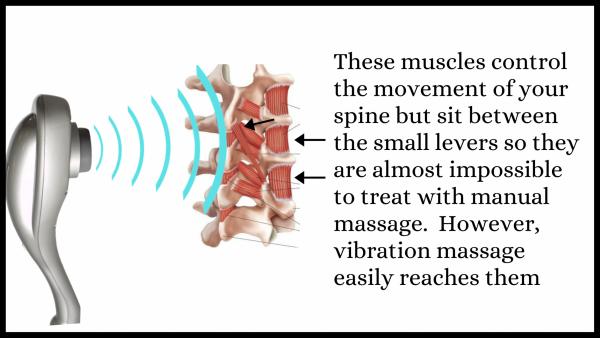A spinal correction program
The changed that occur to spines
Chiropractic adjustments often give instantaneous and dramatic relief. However, the abnormal spinal function will have caused changes that make it impossible for the spine to just return to normal straight away. You need a correction program to help reverse these changes over time. The following are examples of these changes.
Change in length of tissues
In the basic diagrams we see that when a joint is tilted the space between the levers becomes smaller on one side and larger on the other. Over time the tissues change in length to adapt.
Weakening due to disuse
Where a joint is not moving the tissues around that joint stiffen, while the muscles that move that joint weaken with disuse.
Nervous system adaptations
Over time your nervous system will adapt and get used to doing the compensatory movements.
How we overcome those changes
Very simply repeated adjustments are used. Each adjustment adds a small amount to the movement of movement of the stiffened joints. In between the adjustments we need to do things to help maintain that movement and encourage the necessary changes.
Exercises
We want the spine to start using the restricted joints, but not cause the compensating joint to compensate. Appropriate exercises are usually repeated movements designed to take the spine through comfortable ranges of movement, but not try and force extra movement.
Other therapies
There are many other therapies that can help the muscles and other tissues recover and adapt. An excellent example is massage. As discussed below you will usually benefit from large amounts of this over time, so in the section below we show you the best self care options that will not cost a fortune and require you to make huge numbers of appointments.
Note that this is just an overview. An actual correction program is complex and should be managed by a professional such as a Chiropractor, Osteopath, or a Physiotherapist with specialist post graduate qualifications.
